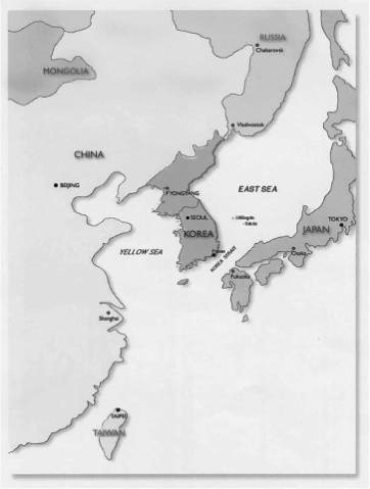which were offset in part by a 63% decrease in hedging derivative assets toW562 billion as of December 31, 2021 fromW1,500 billion as of December 31, 2020 and a 25% decrease in financial assets at fair value through profit or loss toW2,598 billion as of December 31, 2021 fromW3,478 billion as of December 31, 2020.
As of December 31, 2021, our total liabilities increased by 4% toW86,099 billion fromW83,121 billion as of December 31, 2020, primarily due to a 5% increase in debentures to W76,486 billion as of December 31, 2021 from W72,642 billion as of December 31, 2020, the effect of which was offset in part by a 24% decrease in other assets toW1,985 billion as of December 31, 2021 fromW2,603 billion as of December 31, 2020 and an 8% decrease in borrowings toW5,577 billion as of December 31, 2021 fromW6,077 billion as of December 31, 2020.
As of December 31, 2021, our total shareholders’ equity increased by 6% toW15,353 billion fromW14,469 billion as of December 31, 2020, primarily due to increases in retained earnings and capital stock.
2020
We had net income ofW102 billion in 2020 compared to net income ofW302 billion in 2019. The principal factors for the decrease in net income was a 134% increase in net loss on foreign exchange transaction toW1,069 billion in 2020 fromW456 billion in 2019, mainly as a result of increased exchange rate volatility caused by the COVID-19 pandemic, and a 160% increase in impairment loss on credit toW838 billion in 2020 fromW323 billion in 2019, mainly as a result of an increase in loan credits provided to borrowers in need of financing in light of the COVID-19 pandemic. These factors were partially offset by a 28% increase in net gain on hedging derivative assets toW1,794 billion in 2020 fromW1,406 billion in 2019, primarily due to increased volatility in exchange rates and interest rates, a 70% decrease in net loss on investments in associates and subsidiaries toW125 billion in 2020 fromW415 billion in 2019, mainly as a result of a decrease in our impairment loss recognized in connection with our investments in Korea Aerospace Industries, and a 17% decrease in other net operating loss toW798 billion in 2020 fromW956 billion in 2019, primarily due to a decrease in net loss on fair value hedged items relating to increased volatility in exchange rates and interest rates.
As of December 31, 2020, our total assets increased by 6% toW97,590 billion fromW92,254 billion as of December 31, 2019, primarily due to a 3% increase in loans at amortized cost toW73,407 billion as of December 31, 2020 fromW71,577 billion as of December 31, 2019, a 19% increase in financial investments toW11,042 billion as of December 31, 2020 fromW9,314 billion as of December 31, 2019 and a 90% increase in financial assets at fair value through profit or loss toW3,478 billion as of December 31, 2020 fromW1,834 billion as of December 31, 2019.
As of December 31, 2020, our total liabilities increased by 6% toW83,121 billion fromW78,562 billion as of December 31, 2019, primarily due to an 8% increase in debentures toW72,642 billion as of December 31, 2020 fromW67,138 billion as of December 31, 2019.
As of December 31, 2020, our total shareholders’ equity increased by 6% toW14,469 billion fromW13,692 billion as of December 31, 2019, primarily due to an increase in capital stock resulting from the Government’sW578 billion contribution in cash in July 2020.
Operations
Loan Operations
Our primary objective since our establishment has been to promote the export and competitiveness of Korean goods and services in international markets. To this end, we have introduced various financing facilities and implemented lending policies that are responsive to the needs of Korean exporters and foreign importers. Over the years, we have also developed financing facilities and lending policies that are consistent with the
9




